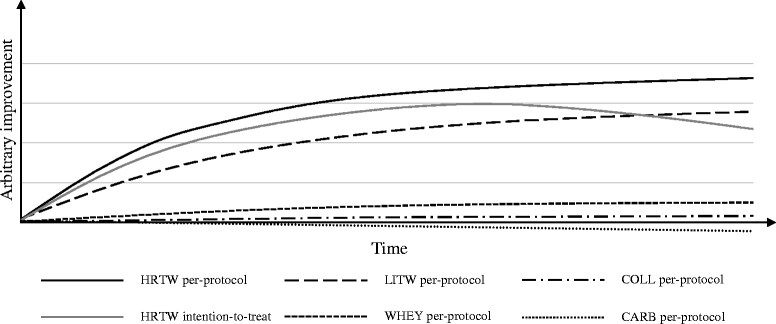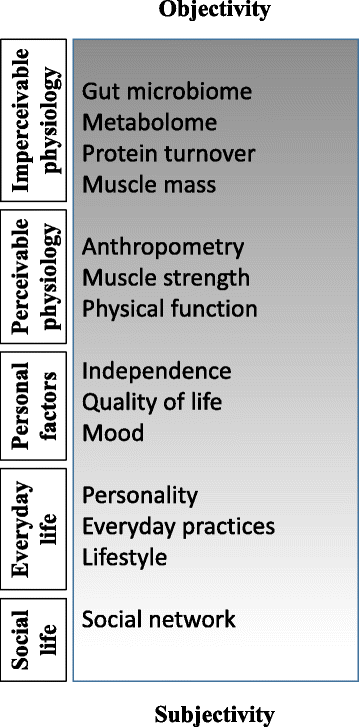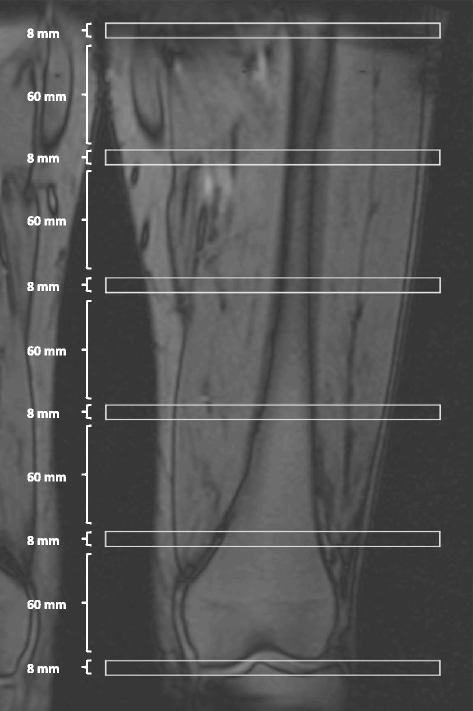Counteracting Age-related Loss of Skeletal Muscle Mass: a clinical and ethnological trial on the role of protein supplementation and training load (CALM Intervention Study): study protocol for a randomized controlled trial
- PMID: 27507236
- PMCID: PMC4977774
- DOI: 10.1186/s13063-016-1512-0
Counteracting Age-related Loss of Skeletal Muscle Mass: a clinical and ethnological trial on the role of protein supplementation and training load (CALM Intervention Study): study protocol for a randomized controlled trial
Abstract
Background: Aging is associated with decreased muscle mass and functional capacity, which in turn decrease quality of life. The number of citizens over the age of 65 years in the Western world will increase by 50 % over the next four decades, and this demographic shift brings forth new challenges at both societal and individual levels. Only a few longitudinal studies have been reported, but whey protein supplementation seems to improve muscle mass and function, and its combination with heavy strength training appears even more effective. However, heavy resistance training may reduce adherence to training, thereby attenuating the overall benefits of training. We hypothesize that light load resistance training is more efficient when both adherence and physical improvement are considered longitudinally. We launched the interdisciplinary project on Counteracting Age-related Loss of Skeletal Muscle Mass (CALM) to investigate the impact of lifestyle changes on physical and functional outcomes as well as everyday practices and habits in a qualitative context.
Methods: We will randomize 205 participants older than 65 years to be given 1 year of two daily nutrient supplements with 10 g of sucrose and 20 g of either collagen protein, carbohydrates, or whey. Further, two groups will perform either heavy progressive resistance training or light load training on top of the whey supplement.
Discussion: The primary outcome of the CALM Intervention Study is the change in thigh cross-sectional area. Moreover, we will evaluate changes in physical performance, muscle fiber type and acute anabolic response to whey protein ingestion, sensory adaptation, gut microbiome, and a range of other measures, combined with questionnaires on life quality and qualitative interviews with selected subjects. The CALM Intervention Study will generate scientific evidence and recommendations to counteract age-related loss of skeletal muscle mass in elderly individuals.
Trial registration: ClinicalTrials.gov NCT02034760 . Registered on 10 January 2014. ClinicalTrials.gov NCT02115698 . Registered on 14 April 2014. Danish regional committee of the Capital Region H-4-2013-070. Registered on 4 July 2013. Danish Data Protection Agency 2012-58-0004 - BBH-2015-001 I-Suite 03432. Registered on 9 January 2015.
Keywords: Elderly; Gut microbiome; Muscle; Plasma metabolome; Protein; Strength training; Whey.
Figures




References
-
- National Institute on Aging, National Institutes of Health (NIH), World Health Organization. Global health and aging. NIH Publication 11-7737. Washington, DC: NIH; October 2011. http://www.who.int/ageing/publications/global_health.pdf. Accessed 27 Jul 2016.
-
- Population Division, Department of Economic Affairs, United Nations . World population prospects: the 2015 revision. Geneva, Switzerland: United Nations; 2015.
-
- Rosenberg IH. Summary comments. Am J Clin Nutr. 1989;50:1231–3.
-
- Janssen I, Heymsfield SB, Wang ZM, Ross R. Skeletal muscle mass and distribution in 468 men and women aged 18-88 yr. J Appl Physiol. 2000;89:81–8. - PubMed
Publication types
MeSH terms
Substances
Associated data
LinkOut - more resources
Full Text Sources
Other Literature Sources
Medical
Miscellaneous

